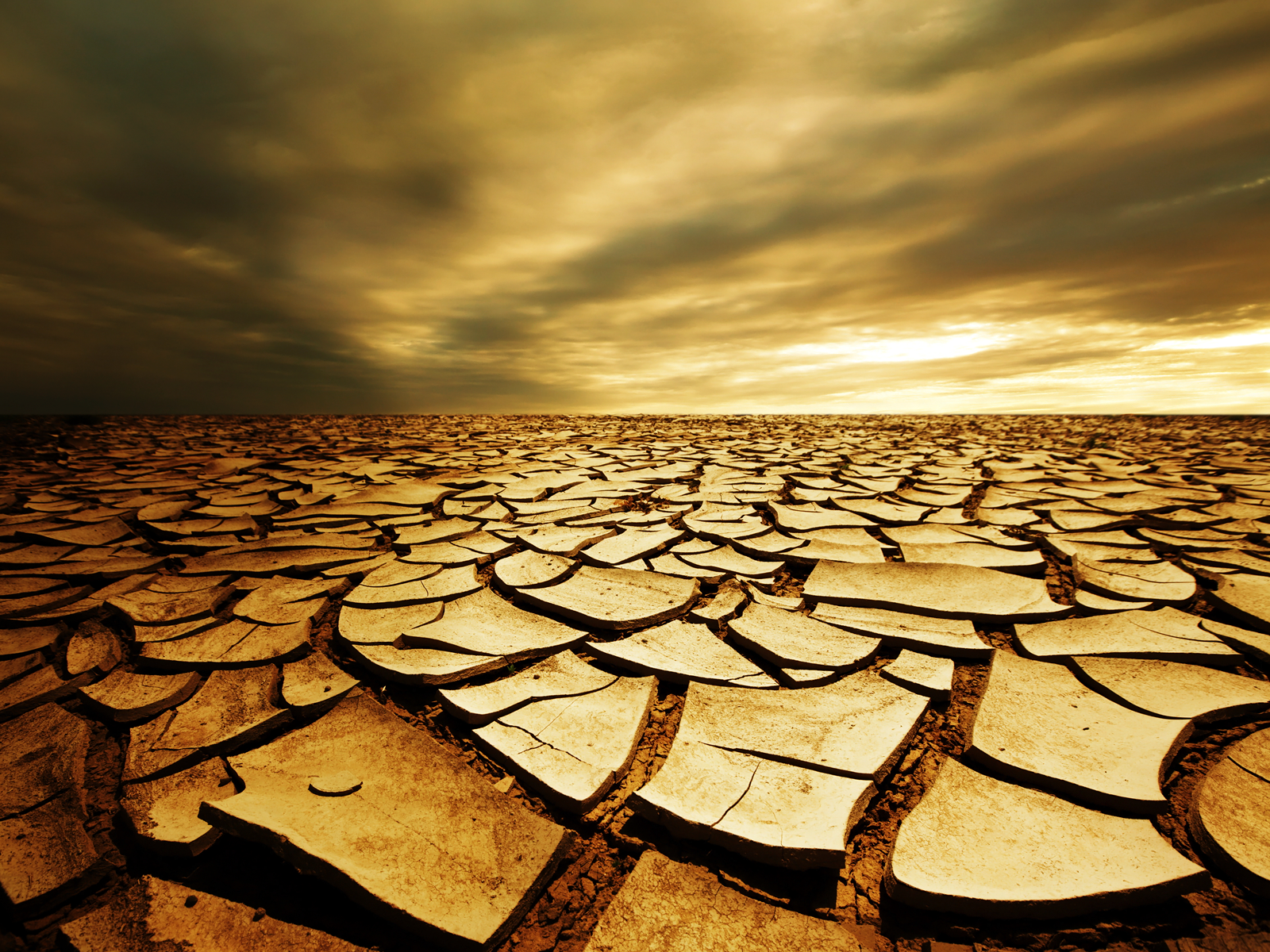
Dry Cat Food: Fueling Feline Fitness and Lean Muscle Maintenance
Cats, by nature, are athletic creatures. From stalking unseen prey to leaping effortlessly onto high shelves, their movements are a testament to their agility and power. Maintaining lean muscle mass is crucial for their overall health, vitality, and quality of life, enabling them to perform these natural behaviors and remain active and engaged. While exercise and play are essential, a proper diet, specifically a high-quality dry cat food formulated for lean muscle maintenance, plays a pivotal role.
Why Lean Muscle Matters for Cats
Lean muscle mass isn’t just about aesthetics; it’s fundamental to a cat’s well-being. Here’s why:
- Metabolism and Weight Management: Muscle tissue burns more calories at rest than fat tissue. Maintaining lean muscle helps cats maintain a healthy weight and prevent obesity, a common problem that can lead to a cascade of health issues like diabetes, arthritis, and heart disease.
- Mobility and Agility: Strong muscles support joints and bones, allowing cats to move freely and comfortably. This is especially important as cats age, as muscle loss (sarcopenia) can contribute to stiffness, pain, and reduced mobility.
- Immune Function: Adequate protein intake, crucial for muscle maintenance, is also vital for a strong immune system. Protein is used to create antibodies and other immune cells that defend the body against infection.
- Organ Function: Muscles are essential for various bodily functions, including breathing, digestion, and circulation. Maintaining muscle mass supports the optimal functioning of these systems.
- Overall Quality of Life: A cat with strong muscles is more likely to be active, playful, and engaged with its environment. This contributes to a higher quality of life and a greater sense of well-being.
The Role of Dry Cat Food in Lean Muscle Maintenance
Dry cat food, when chosen carefully, can be an excellent tool for supporting lean muscle mass. It offers convenience, affordability, and a longer shelf life compared to wet food. However, not all dry cat foods are created equal. To effectively promote muscle maintenance, the food must meet specific nutritional criteria.
Key Nutritional Considerations:
- High-Quality Protein: Protein is the building block of muscle. Look for dry cat foods with a high percentage of protein, ideally from animal sources like chicken, turkey, fish, or lamb. Protein content should generally be above 30% on a dry matter basis. Avoid foods that rely heavily on plant-based proteins like corn or soy, as these are less digestible and less biologically available for cats. The ingredient list should clearly identify the protein source as the first few ingredients.
- Essential Amino Acids: Protein is made up of amino acids, some of which are essential, meaning cats cannot produce them on their own and must obtain them from their diet. Taurine is particularly important for cats, as a deficiency can lead to serious health problems. Ensure the dry cat food is supplemented with taurine. Other essential amino acids like lysine, methionine, and tryptophan are also vital.
- Moderate Fat Content: Fat provides energy and supports the absorption of fat-soluble vitamins. While cats need fat in their diet, excessive fat can contribute to weight gain. Look for dry cat foods with a moderate fat content, typically between 15% and 20% on a dry matter basis.
- Limited Carbohydrates: Cats are obligate carnivores, meaning their bodies are designed to thrive on a diet primarily composed of animal protein and fat. They have limited ability to digest and utilize carbohydrates. Choose dry cat foods with low carbohydrate content, ideally less than 10% on a dry matter basis. Avoid foods with fillers like corn, wheat, and soy, which are often used as cheap sources of carbohydrates.
- Essential Vitamins and Minerals: Vitamins and minerals play crucial roles in muscle function, energy production, and overall health. Ensure the dry cat food is fortified with essential vitamins like A, D, E, and B vitamins, as well as minerals like calcium, phosphorus, magnesium, and potassium.
- Omega-3 Fatty Acids: Omega-3 fatty acids, particularly EPA and DHA, have anti-inflammatory properties and can support joint health, which is important for maintaining mobility and activity levels. Look for dry cat foods that contain fish oil or flaxseed as sources of omega-3s.
Reading the Label: A Guide to Choosing the Right Dry Cat Food
The information on the dry cat food label is your best tool for evaluating its nutritional value. Here’s how to decipher it:
- Ingredient List: The ingredients are listed in descending order by weight. The first few ingredients should be high-quality animal protein sources.
- Guaranteed Analysis: This section provides the minimum or maximum percentages of key nutrients, including protein, fat, fiber, and moisture. Pay close attention to the protein and fat content.
- Dry Matter Basis: The guaranteed analysis is based on the "as fed" basis, which includes moisture. To compare the nutrient content of different foods accurately, it’s best to convert the values to a dry matter basis. This removes the effect of moisture content and allows for a true comparison of nutrient concentrations. There are online calculators that can help you with this calculation.
- AAFCO Statement: Look for a statement from the Association of American Feed Control Officials (AAFCO) indicating that the food is "complete and balanced" for the cat’s life stage (kitten, adult, or senior). This means the food meets the minimum nutritional requirements established by AAFCO.
- Feeding Guidelines: Follow the feeding guidelines provided on the package, but remember that these are just recommendations. Adjust the amount of food based on your cat’s individual needs, activity level, and body condition.
Transitioning to a New Dry Cat Food
When switching to a new dry cat food, it’s important to do so gradually to avoid digestive upset. Mix small amounts of the new food with the old food, gradually increasing the proportion of the new food over a period of 7-10 days.
Beyond Diet: Supporting Lean Muscle Maintenance
While a high-quality dry cat food is essential, it’s not the only factor in maintaining lean muscle mass. Other important considerations include:
- Regular Exercise: Encourage your cat to be active by providing toys, climbing structures, and opportunities for play. Interactive play sessions are a great way to bond with your cat and help them get exercise.
- Hydration: Ensure your cat has access to fresh, clean water at all times. Dehydration can impair muscle function.
- Veterinary Checkups: Regular veterinary checkups are important for monitoring your cat’s overall health and identifying any underlying conditions that may affect muscle mass.
- Senior Cat Considerations: As cats age, they may experience muscle loss due to sarcopenia. Senior cat foods are often formulated with higher protein levels and added nutrients to support muscle maintenance.
Conclusion
Maintaining lean muscle mass is essential for a cat’s health, vitality, and quality of life. Choosing a high-quality dry cat food that is rich in animal protein, moderate in fat, and low in carbohydrates is a crucial step in supporting muscle maintenance. By paying attention to the ingredient list, guaranteed analysis, and AAFCO statement, you can select a food that meets your cat’s nutritional needs. In addition to diet, regular exercise, hydration, and veterinary care are also important for maintaining a healthy and active cat. By taking a holistic approach to your cat’s health, you can help them thrive and enjoy a long and fulfilling life.

